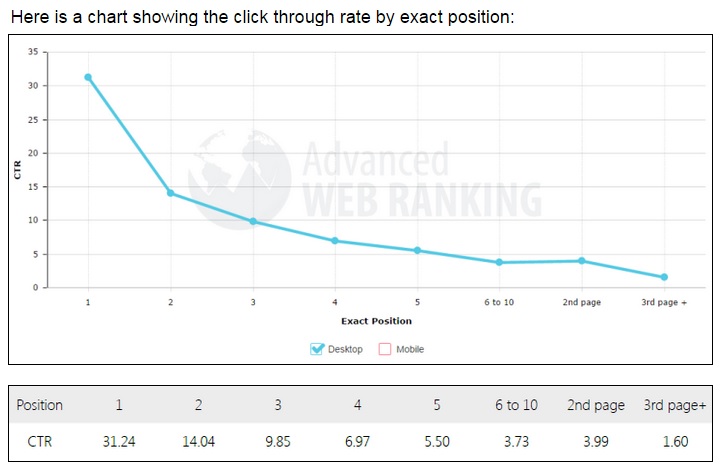Cost per thousand has been a popular ad strategy, or should I say – it used to be. There are many uncertainties with this strategy and the most important one is when one can simply just hire few staff and constantly click on specific ads and earn some easy money, which we recently discussed in class with Julio.
Another issue is the decreasing number of click-through- rates, which according to Marketing Land, on average there is 71% of clicks in the first page of a Google organic search, but only 14% in page two — ultimately meaning that despite clients paying for Google cost per thousand clicks ad strategy, they might not be receiving desired results if for instance their competitor’s search results are displayed in page one of search results whereas their company results are in page two.
This is where Economist’s new ad guarantee comes in – they promise advertisers more audience engagement by measuring the time spent with ads instead of clicking through rates.
You have to agree with me, it is quite a smart idea.
If they are looking for some quick cash, all they need to do is open the pages and let it sit, instead of hiring people to click onto the ads!
Concern is, how does this strategy actually works?
Apparently they promise a 75% of impressions elapsed in one complete campaign will be viewed by at least one second, which actually is means that every 100 people that opens a certain webpage with your company ad on it, there will be 75 people that spent one second looking at it. On side note, I think it is absolutely ridiculous, because I’ve got no clue how this can be calculated.
Any ideas?

